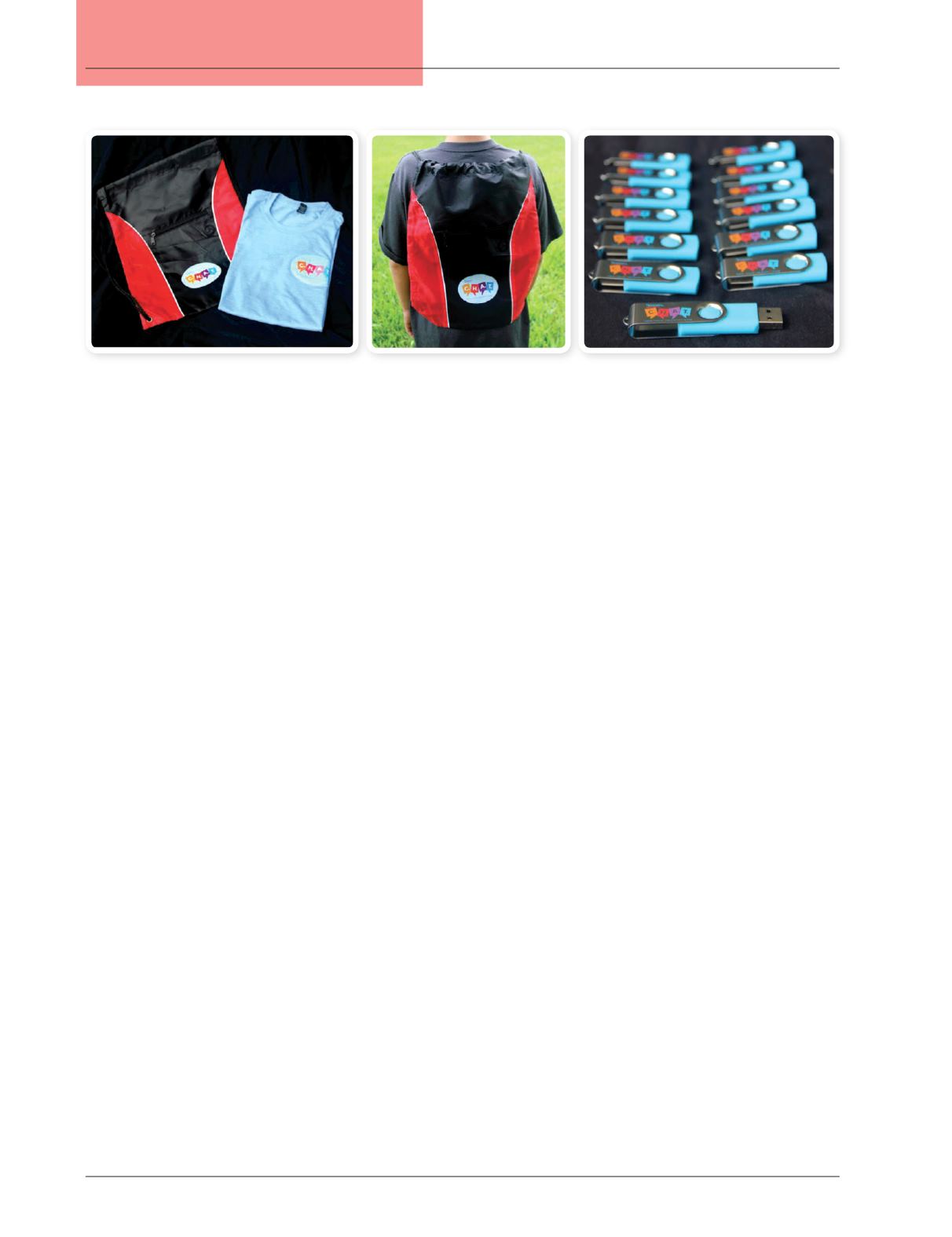
48
Vol. 66, No. 2 2015
Northeast Florida Medicine
Pediatric Oncology
in volunteering and patient privacy, as well as education
from an oncology physician, child life specialist and oncol-
ogy social workers regarding supportive communication.
These ambassadors then made themselves available as a
peer contact to “escort” AYA patients through the first week
or two of diagnosis and for as long as mutually-desired.
This program continues with new enthusiastic survivors
replacing those that move away or “age-out” at 25 years old.
Anecdotally, support groups are a guaranteed non-starter
in most AYA populations. The term evokes ideas of sitting
with a therapist and being forced to share deep emotions.
Participation has been poor to nonexistent. However, as
others have noted, provision of peer-based therapeutic
activities is a proven method of promoting full psycho-
logical development, meeting the unique needs of this
life stage, and for some, peer support groups provide the
clearest opportunity to express burdens and fears about
having cancer openly and freely.
11,12
C.H.A.T. developed with the format that it would never
be called a support group and that it would center on typical
social activities the AYA population would be involved in
even without a cancer diagnosis. Social science research has
shown young adults rank the importance of opportunities
to meet other young adult survivors at a higher level than
their health care providers or their parents would even
surmise.
13
The C.H.A.T. group met at a bowling alley
and at a gaming arcade complex, took a sunset pontoon
boat ride, enjoyed a seasonal trolley ride and had a “game
night.”The focus is on achieving social interaction without
forced categorizing of patients by their diseases. Every
get-together starts with open mingling and is hosted by
adult members of the C.H.A.T. staff. Approximately 30
minutes are afforded to an educational topic which serves
as the theme of the night. The topics have all been top
concerns of the AYA members and have included medi-
cal issues of survivorship, fertility preservation in cancer
therapy, guidance services for schooling post-therapy, and
maintaining good nutrition. An open informal program
dressed in Northeast Florida. In 2012-2013, the Nemours
Children’s Clinic / Wolfson Children’s Hospital Pediatric
Cancer Program received an infrastructure grant from the
Hyundai Hope on Wheels charitable program to create a
comprehensive program. The aim was to create an AYA
program incorporating psychosocial support, educational
events and resources, peer encouragement, capital invest-
ments, fertility preservation services, and AYA research
development. With that grant, the group C.H.A.T. was
started, representing the concept of Cancer
•
Healing
•
Adolescents
•
Talking in a supportive informal atmosphere.
The first task was creating a representative focus group
to get age-appropriate assessments of the current program.
A small group of about ten current patients and survivors
were brought to dinner and surveyed on their perspectives
regarding needs in services, equipment, entertainment,
their preferred methods for obtaining resources (i.e.
mailings, email, textbooks, internet or computer drives),
their known knowledge deficits in patient education and
preferred settings in which they would most likely par-
ticipate in social activities.
Evidence has shown that interpersonal relationships and
peer acceptance are some of the most important aspects
of social support for AYA patients. Other young adult
survivors have been valued for their shared experiences
and mutual understanding, according to study ques-
tionnaires given to AYA patients.
10
Therefore, C.H.A.T.
concentrated on establishing these relationships through
two mechanisms: an ambassador program for new patients
and a successful support group. The ambassador program
was conceived as a way of introducing recently-diagnosed
AYA patients to peer survivors to give a patients-eye view
of what to expect and to provide an initial bridge to open
communication. Surveys of patients have shown young
adult cancer survivors could communicate at length and
with intimacy about the cancer experience.
10
Eight mature, friendly and eager survivors were chosen
from varied backgrounds and given specific formal training
Gear provided to patients participating in the C.H.A.T. program.


